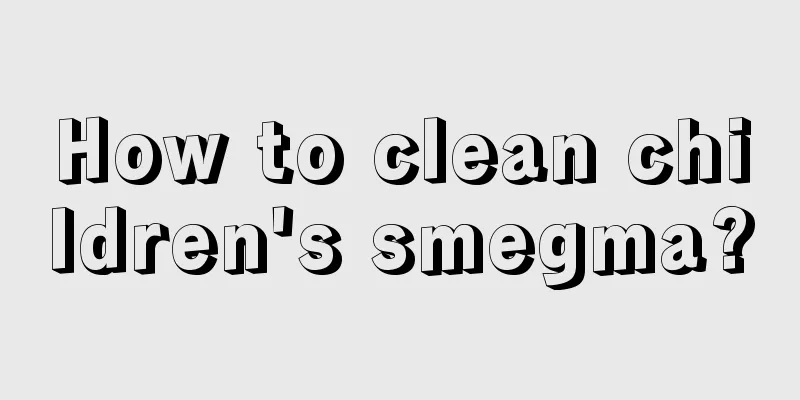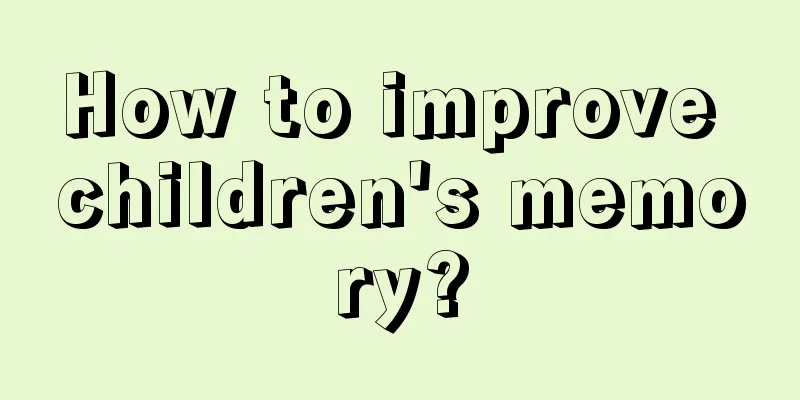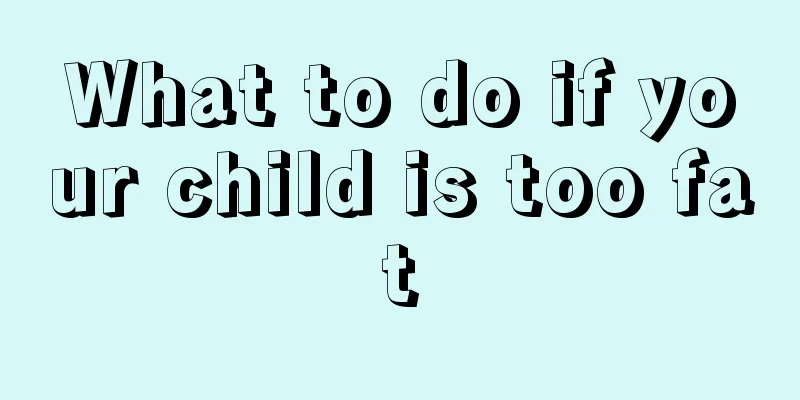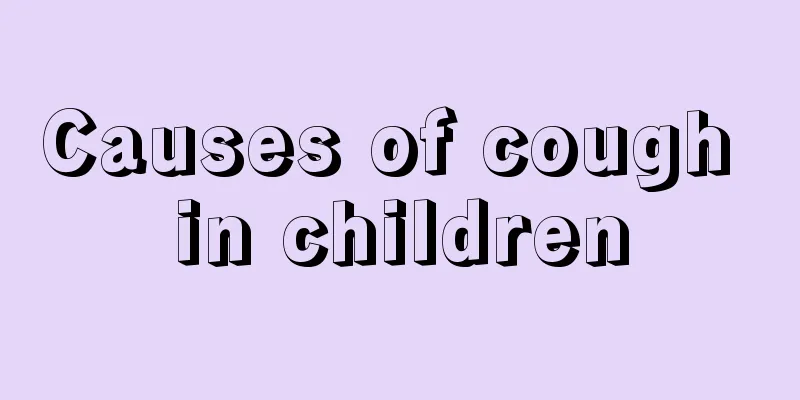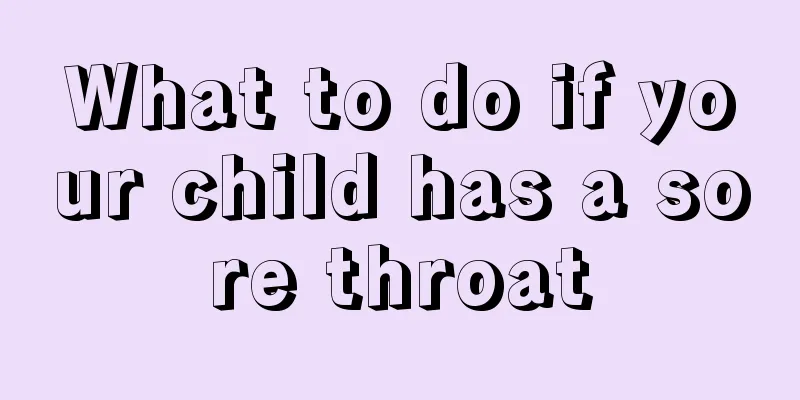Children have fever and herpes in their mouth
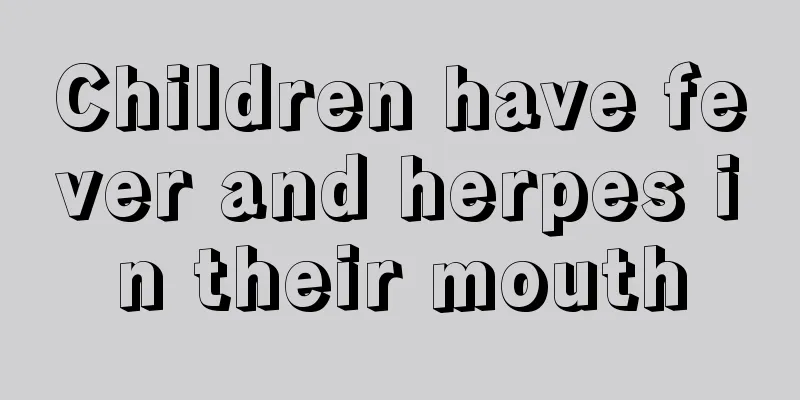
|
Children's immune systems are much weaker than adults', so they catch colds every other day when they are young, and sometimes herpes will grow at the corners of their mouths when they get too hot. The main cause of herpes is inflammation after infection with the Western Army and failure to dissipate heat in time. Hand, foot and mouth disease can also cause herpes. There are two types of herpes: herpes simplex and herpes zoster. Different herpes types require different treatments. Oral herpes includes oral herpes simplex, oral herpes zoster, and hand, foot and mouth disease. Oral herpes simplex is caused by the herpes simplex virus and is a very common infection in the human body. The mouth, skin, eyes, perineum, nervous system, etc. are often vulnerable areas. Humans are its natural host. It can be divided into primary herpetic stomatitis and recurrent herpetic stomatitis. Primary herpetic stomatitis is more common in children, while recurrent herpetic stomatitis is more common in adults, and the main manifestation is herpes labialis. Oral herpes zoster is an acute infectious disease caused by the varicella-zoster virus. Hand, foot and mouth disease is an infectious disease caused by enterovirus. There are more than 20 types of enterovirus that can cause hand, foot and mouth disease, among which Coxsackievirus A16 (CoxA16) and enterovirus 71 (EV71) are the most common. It mostly occurs in children under 3 years old. Causes 1. Herpes simplex The disease is caused by the herpes simplex virus (HSV), a DNA virus. Human herpes simplex virus is divided into two types, namely herpes simplex virus type 1 (HSV-I) and herpes simplex virus type 2 (HSV-II). In the past, it was believed that HSV-1 mainly caused skin and mucous membrane lesions above the waist, and HSV-2 mainly affected the area below the waist. However, many studies have shown that HSV-2 virus has been isolated from the mouths of oral herpes simplex infections and even healthy people, which may be related to changes in lifestyle. 2. Shingles The pathogen of shingles is a DNA herpes virus, which is the same as the varicella virus, also known as varicella-zoster virus (VZV), which is a neurotropic virus. 3. Hand, foot and mouth disease Enteroviruses that cause hand, foot and mouth disease include enterovirus (EV) and certain serotypes of group A Coxsackievirus (CoxA) echovirus (Echo). EV infection causes a large proportion of severe cases. Clinical manifestations 1. Oral herpes simplex (1) Primary herpetic stomatitis is caused by HSV-1 and often manifests as acute herpetic gingivostomatitis. It is more common in children under 6 years old, especially between 6 months and 2 years old. Adults can also get the disease. There are four stages of disease onset: ① Prodromal stage, before the onset of the disease, there is often a history of contact with herpes patients. After an incubation period of 4 to 7 days, acute symptoms appear, such as fever, headache, fatigue, muscle pain all over the body, sore throat, etc., and the submandibular and cervical lymph nodes are swollen and tender. The child drools, refuses to eat, and becomes irritable. After 1 to 2 days, the oral mucosa, attached gingiva and marginal gingiva become extensively congested and edematous. ② During the blister stage, the oral mucosa presents clusters of small blisters, the size of a needle tip, with thin, transparent walls that are easily ruptured, forming superficial ulcers. ③ During the erosion stage, clusters of small blisters may rupture and cause large-area erosion, and may also cause secondary infection. Covered with yellow pseudomembrane. Similar lesions may also occur on the lips and skin around the mouth, with blisters breaking and forming scabs. ④ During the healing period, the erosion surface gradually shrinks and heals. The whole course of the disease takes 7 to 10 days. (2) Recurrent herpetic stomatitis: After the primary herpes infection heals, recurrent lesions occur. The site of recurrent infection is near the lips, also known as recurrent herpes labialis. Its clinical manifestations are: the lesions always begin with multiple clustered blisters. When the lesion recurs, it is always at or near the location of the original attack. There are prodromal symptoms, and the patient may feel mild fatigue and discomfort, and soon there will be itching, increased tension, burning pain, tingling and other symptoms in the area where the recurrent damage is about to occur. Within a few hours, blisters appear, surrounded by mild erythema. Generally, blisters can last less than 24 hours, followed by rupture, erosion, and scab formation. The course of the disease is about 10 days, but secondary infection often delays healing. No scars are left after healing, but pigmentation may be present. Factors that induce recurrence include local mechanical stimulation, colds, sunlight exposure, etc. Emotional factors can also induce recurrence. Although recurrent herpes labialis is the most common form of recurrence of the disease, a small number of recurrences can damage the gums and hard palate. 2. Oral herpes zoster Oral mucosal lesions: They are prone to occur in the distribution area of the trigeminal nerve. The blisters are short-lived and often manifest as shallow ulcers with irregular edges and covered with yellow pseudomembranes. They are limited to one side and cause severe toothache. The area where the rash is about to break out will first feel pain, itching, and burning, followed by flushing, and clusters of millet-sized papules will appear. They are arranged in bands along the affected nerves and quickly turn into blisters. The blisters can merge into large bullae. The blister walls are tense and the contents are clear and transparent, gradually becoming turbid and even bloody and purulent. After a few days, the blisters are absorbed and dried up, and the scabs fall off after 1 to 2 weeks, leaving temporary erythema or pigmentation. Generally no scars are left and the damage does not exceed the midline. 3. Hand, foot and mouth disease The disease starts acutely, with fever, maculopapular rashes and blisters on the palms or soles of the feet, and rashes on the buttocks or knees. There is an inflammatory red halo around the rash, and less fluid in the blisters. Scattered blisters appear on the oral mucosa, with obvious pain. Some children may also have symptoms such as cough, runny nose, loss of appetite, nausea, vomiting and headache. Severe cases: patients with clinical manifestations of hand, foot and mouth disease, accompanied by myoclonus or encephalitis, acute flaccid paralysis, cardiopulmonary failure, pulmonary edema, etc. Infants and young children in areas where hand, foot and mouth disease is prevalent do not have typical symptoms of hand, foot and mouth disease. However, there is fever accompanied by myoclonus or encephalitis acute flaccid paralysis, cardiopulmonary failure, pulmonary edema, etc. diagnosis 1. Morphological diagnosis Look for inclusion bodies through smears; examine damaged cells with an electron microscope to see if they contain immature virus particles, or directly look for virus particles in blister fluid. 2. Immunological examination Monoclonal antibodies against HSV antigens are used to search for specific antigens in damaged cells; antibody detection is performed using HSV antigens and the patient's serum. treat 1. Follow the general care routine of dermatology 2. Recurrent herpes simplex Hydrocortisone and neomycin cream, and 3% to 5% acyclovir ointment can be applied externally. Levamisole can be used for patients with low cellular immune function; polymyxin B, transfer factor, etc. can also be injected intramuscularly. 3. Oral herpes zoster (1) General treatment: Get plenty of rest, eat easily digestible food and drink plenty of water. Prevent secondary bacterial infection. Do not rub the affected area to prevent the blisters from bursting. (2) Drug treatment ① Glucocorticoids can reduce the inflammatory response and swelling of the facial nerve in the acute phase, thereby reducing the pressure on the facial nerve in the fixed diameter bone canal, thereby reducing the degree of compression of the facial nerve bone canal and microcirculation disorders caused by edema and thickening of the facial nerve. Therefore, glucocorticoid treatment is the first and main drug treatment for this disease. Use with caution in patients with diabetes, tuberculosis, gastric ulcer and pregnant women. People with high blood pressure should pay attention to controlling their blood pressure. ② Antiviral drugs can interfere with herpes virus DNA polymerase and inhibit DNA replication. Acyclovir (acyclovir) is commonly used, but ganciclovir, famciclovir or valacyclovir (vacyclovir) can also be used. ③ Neurotrophic drugs such as vitamin B1 and vitamin B12 are injected intramuscularly or taken orally. ④ Drugs to improve facial nerve microcirculation include intravenous injection or oral administration of ginkgo leaf extract or other drugs that dilate blood vessels and improve microcirculation. ⑤ Painkillers can be used appropriately when the pain is severe. ⑥Other transfer factors, normal human immunoglobulin injection. 4. Hand, foot and mouth disease (1) General treatment: If there are no complications, the prognosis of this disease is generally good and most patients will recover within a week. Mainly for symptomatic treatment. ①First, isolate the sick child, and those in contact should pay attention to disinfection and isolation to avoid cross infection. ② Provide symptomatic treatment and good oral care. For severe oral herpes and ulcers, wash the mouth with light salt water or 0.1% chlorhexidine solution. ③ Clothes and bedding should be clean, comfortable, soft, and changed frequently. ④ Cut your baby’s nails short and wrap his hands if necessary to prevent him from scratching the rash. ⑤ In the early stage of skin rash on the hands and feet, you can apply calamine lotion. When herpes is formed or ruptured, apply 0.5% iodine tincture. ⑥ For babies with rashes on their buttocks, their urine and feces should be cleaned at all times and their buttocks should be kept clean and dry. ⑦ You can take antiviral drugs and Chinese herbal medicines for clearing heat and detoxifying, and supplement vitamins B and C, etc. (2) Treatment of complications ① Closely monitor changes in the condition, especially the functions of important organs such as the brain, lungs, and heart; for critically ill patients, pay special attention to monitoring blood pressure, blood gas analysis, blood sugar, and chest X-ray. ② Pay attention to maintaining the balance of water, electrolytes, acid and alkali and protecting important organs. ③ Patients with increased intracranial pressure can be given dehydration treatment such as mannitol. Severe cases can be given methylprednisolone, intravenous immunoglobulin and other drugs as appropriate. ④ Patients with signs of respiratory failure such as hypoxemia and dyspnea should receive mechanical ventilation treatment as soon as possible. ⑤ Maintain stable blood pressure and give appropriate vasoactive drugs when necessary. ⑥ Treatment of other severe conditions: If DIC, pulmonary edema, heart failure, etc. occur, appropriate treatment should be given. (3) Antiviral drugs Because antiviral drugs are generally best used 24 to 48 hours before onset of illness. Often when we diagnose hand, foot and mouth disease, the most effective treatment stage has passed, and the use of antiviral drugs is not recommended now. |
<<: How to quickly grow meat for babies
>>: What causes pain in the groin of a child?
Recommend
What to do if your child keeps coughing
Coughing is a common phenomenon that occurs in bo...
Why does my baby vomit after eating?
The baby's body's ability to accept food ...
Children with amblyopia need early treatment
Amblyopia is a very common disease in daily life,...
What should I do if my three-year-old baby doesn't like to eat?
No matter how old the child is, the most worrying...
How much sleep does a five-month-old baby need
A baby's sleep is different from that of us a...
Why are my baby's lips purple?
When babies are young, they cannot express their ...
How many months does it take for a newborn baby to have teeth?
At what month is the latest for a newborn baby to...
Is herpes contagious in children?
Children's bodies are relatively weak and the...
Reasons why babies cry and don't sleep during the day
It is difficult to take care of these babies when...
Four-year-old child's foreskin is too long
For children, it is easy for many problems to occ...
Congenital missing permanent teeth
Teeth are an organ that the human body uses to ch...
Newborn baby with high forehead
Many people say that babies with high foreheads a...
Is startle tics hereditary?
There are many emotions in the human heart, and f...
Can I use a fan when my baby has a runny nose?
The most common reason for a baby's runny nos...
Clinical manifestations of gastroenteritis in children
We all know that children's physical resistan...
